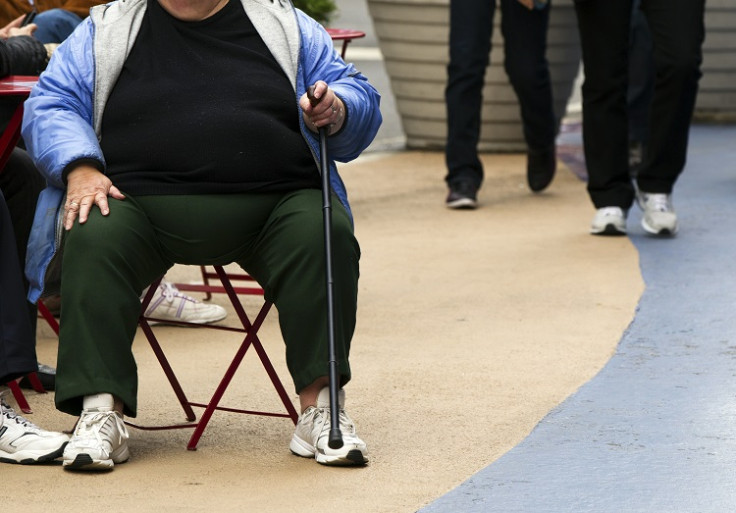Hi-tech gastric balloon approved to counter UK obesity epidemic

A new type of gastric balloon has been approved for use to help counter the obesity epidemic. The hi-tech Elipse balloon does not require surgery to insert or remove it and is being hailed as an alternative to those unable to lose weight through diet and exercise.
While most existing gastric bands rely on a surgeon placing the device in the stomach using an internal probe, the new balloon is less invasive than existing gastric bands. The deflated Elipse balloon is contained inside a tiny capsule. A catheter is attached to the capsule and the balloon is filled with water, inflating it till it fills up the stomach after which the tube is detached. The balloon pops itself after four months and passes out through the digestive system.
In a study involving 34 obese men and women, the gastric balloon resulted in an average weight loss of 10kg – 22lb over four months Mail Online reports. Volunteers reported losing over 3 inches from their waistlines and in every case, the collapsed balloon passed safely out of the body.
Professor Mike Lean, an expert in human nutrition at Glasgow University, warned that the method could help some people with initial weight loss, but is not a permanent solution to obesity. "Balloons definitely help some people to lose weight over a short period. But they cannot have any long-term effect," he said. "Once they are removed, or passed out as waste, they have no further effect, so weight goes back on unless the patient has a long-term weight maintenance strategy."
Developed by US firm Allurion Technologies, the Elipse balloon recently received marketing approval for the UK and Europe. It is unlikely to be used on the NHS, but could be available through private weight loss clinics.
According to the World Obesity Forum, the number of overweight and obese Britons is set to rise from 32 million to 36 million by 2025, with four million classed a severely obese.
© Copyright IBTimes 2024. All rights reserved.






